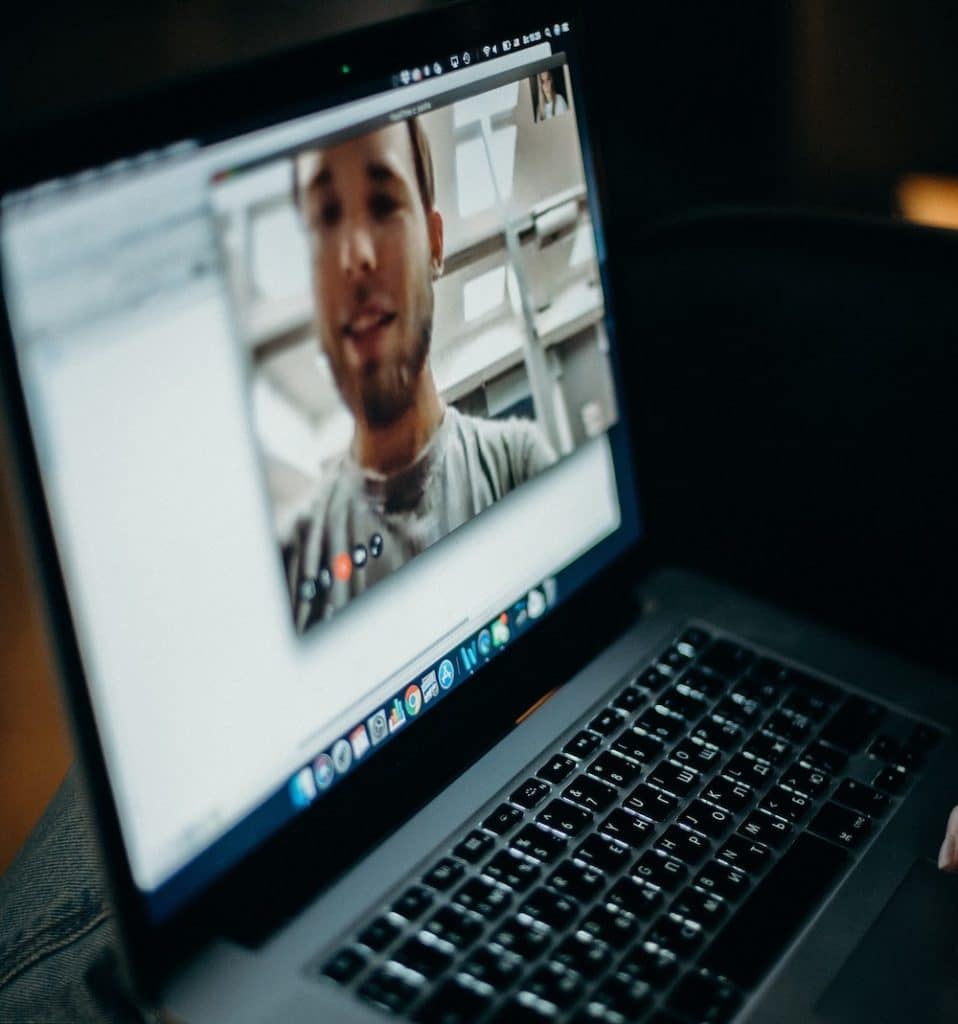When you’re working remotely it can feel like you’re always in meetings and never have a moment to breathe, at CMOS we know that feeling well. Here are the tips we implemented to optimise the time we had in meetings, to get more time out of meetings!
1. Set an agenda
With an agenda you can better estimate how long your meeting will actually take. You can more easily stay on topic, as the topic is set before the meeting. There will also be a natural conclusion to the meeting once the agenda is done, no more awkward “Does anyone else have anything to add.” You can finish, and get back your undisturbed working time.
Pro-Tip: Put 5 minutes at the end of each meeting to create a list of actions everyone needs to take after the meeting.
2. Set a time keeper among the attendees
At the beginning of the meeting ask someone to be a timekeeper to make sure you stay on track. A good way to make this easier is to add times to the agenda, so that each talking point is given dedicated time. If it turns out you do need more time, try not to go over the time dedicated for the meeting. People may have another meeting straight after, or need some time to think before their next one. Do everyone a favour and book in another meeting to carry on the discussion.
Pro-tip: Timer add-ons can be a great way so that everyone can keep an eye on how much time you have left! Check out Google Meet Call Timer.

3. Finish with actions you’ll take as a result of the meeting
You can easily finish a meeting with the result being planning another one, avoid this pitfall by deciding what actions each person will take at the end. A list of actions for each person will take a bit of time, but will be worth it.
Pro-tip: Have each person state what it is they need to do, they’ll better remember it if they say it themselves!
4. Follow up email of results
A follow up email is a great opportunity to remind everyone what they need to do and to make sure the actions are happening.
This is also useful because if another meeting is planned, the outcome of the previous meeting can be quickly addressed by checking the email, and completely avoiding umming and ahing about what happened last time.
Pro-Tip: Write the actions next to the agenda, so attendees can go back to the meeting in their calendar and see the actions that were decided in the meeting itself. Meetric is a great tool that you can use to take notes during the meeting!
5. Login in early to confirm your equipment is working as expected
This may be a no-brainer, but some system updates set your system to no longer allow screen-sharing until you update settings. If this is the case, you don’t want to be messing around trying to sort out your settings during the meeting!
Pro-tip: A 1 minute check to ensure your system is working as expected is:
- Camera is working
- Microphone is picking up sound
- Noise is coming through the speakers
- You can present (and others can share their screen if required)

6. Less is often more, limit your meetings to the crucial parties
Try not to stack your meeting with people who could just be sent the minutes after, try to be very purposeful with who you choose to include. Firstly it might be a waste of time that could be better spent, and secondly too many cooks in the kitchen might make the meeting bloated with opinions.
Pro-tip: Send the agenda through to your team beforehand and let them decide if they need to be there (make sure to utilise optional invites to let them know it’s up to them). If someone can’t attend and needs to see the info later, try recording the meeting with Fireflies, it’s a great free tool that records and transcribes your meetings!
7. Sometimes an email isn’t enough

8. Sometimes an email is enough
This is for you meeting-happy people who fill every waking hour with calls. Provide yourself with a bit more time to breathe and swap the meeting for an email. If more information and discussion is needed, let someone else make that decision, and don’t be afraid to say ‘can we do this over email?’
Pro-tip: Don’t feel like you need to be at every meeting, be more scrutinising about whether you need to be there!
9. Be encouraging
It’s tough for people to work remotely. In remote meetings encourage people to contribute as it’s really easy to sit silently in the background. Encouraging them to speak up and engage can make a huge difference.





